The Timeless Beauty of Indian Classical Music


Indian classical music is not just a form of art; it is an experience, a journey into the depths of the soul. Rooted in the rich cultural heritage of India, this genre of music has been nurtured and perfected over centuries. It is a harmonious blend of rhythm, melody, and emotion, transcending the boundaries of language and geography.
The Origins: A Tradition Steeped in History
Indian classical music has its origins in the Vedic scriptures, where the earliest forms of music were linked to rituals and spiritual practices. Over time, this evolved into two major traditions: Hindustani and Carnatic music.
Hindustani music, primarily practiced in the northern parts of India, has been influenced by Persian and Islamic traditions. It emphasizes improvisation and the exploration of ragas (melodic frameworks) through elaborate compositions.
Carnatic music, prevalent in the southern regions, is more structured and focuses on compositions by great composers like Tyagaraja, Muthuswami Dikshitar, and Syama Sastri. It is deeply intertwined with devotional themes, often sung in praise of Hindu deities.
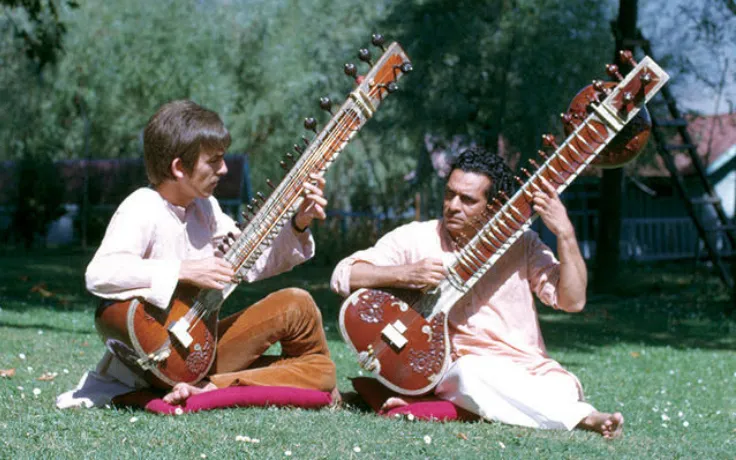
Hindustani and Carnatic music - two sides of the same coin
The Raga: The Soul of Indian Classical Music
At the heart of Indian classical music lies the raga, a complex structure of notes that evokes specific emotions and moods. Each raga is associated with a particular time of day, season, or emotion, creating an immersive experience for both the performer and the listener.
For example, Raga Bhairav is traditionally performed in the early morning and is believed to invoke feelings of devotion and tranquility. On the other hand, Raga Yaman is an evening raga that fills the air with serenity and grace.
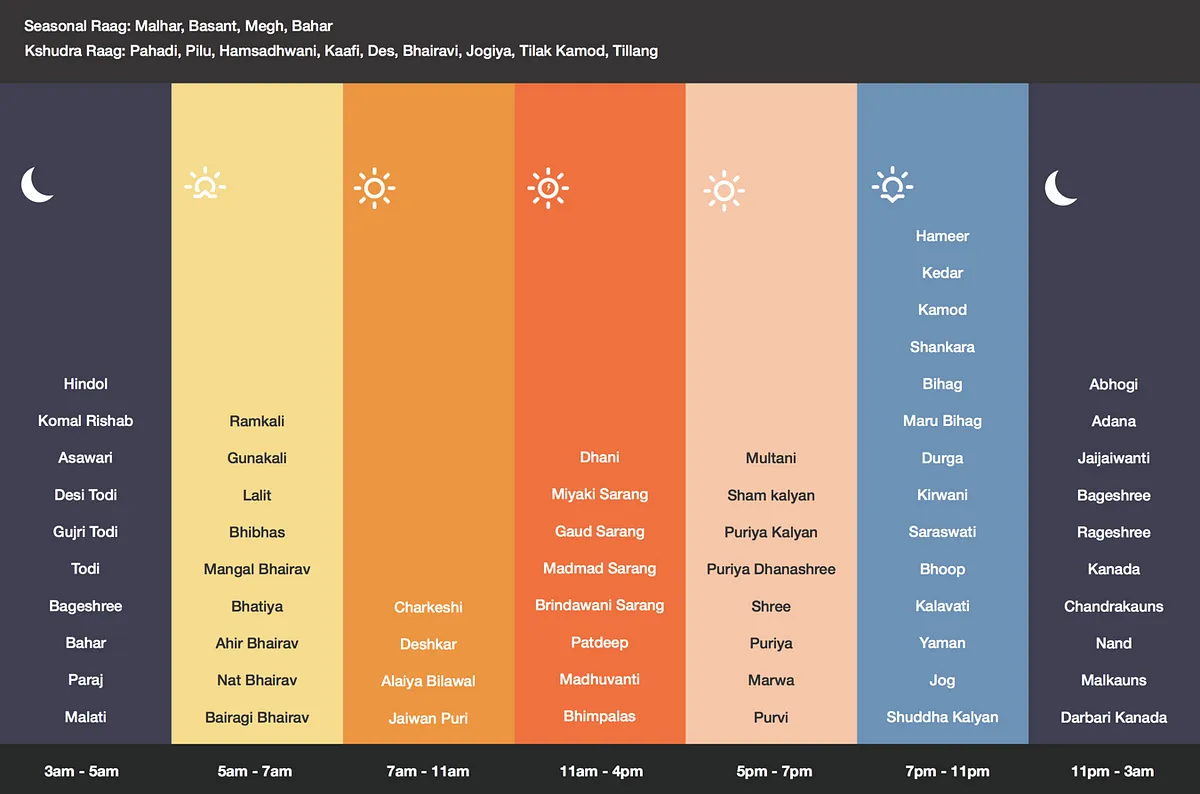
A chart showing the time and mood associated with different ragas
The Tala: The Rhythm of Life
While the raga provides the melodic framework, the tala is the rhythmic cycle that underpins Indian classical music. The tala is a cycle of beats, each with a specific emphasis, that creates a rhythmic pattern. The most common tala is the teentaal, a cycle of 16 beats.
The interplay between the raga and tala is what gives Indian classical music its distinctive character. The musicians, especially in Hindustani music, often engage in a rhythmic dialogue, exploring the infinite possibilities within a raga.
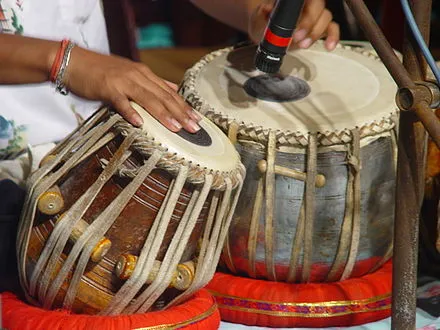
Instruments like the tabla and mridangam bring rhythm to life in Indian classical music
The Instruments: Voices of the Divine
Indian classical music is enriched by a wide array of instruments, each contributing its unique voice to the symphony. The sitar and sarod are the stringed instruments synonymous with Hindustani music, while the veena and violin are central to Carnatic performances.
The tabla in Hindustani and the mridangam in Carnatic provide the percussive backbone, with the flute, shehnai, and santoor adding melodic layers that elevate the music to a divine level.
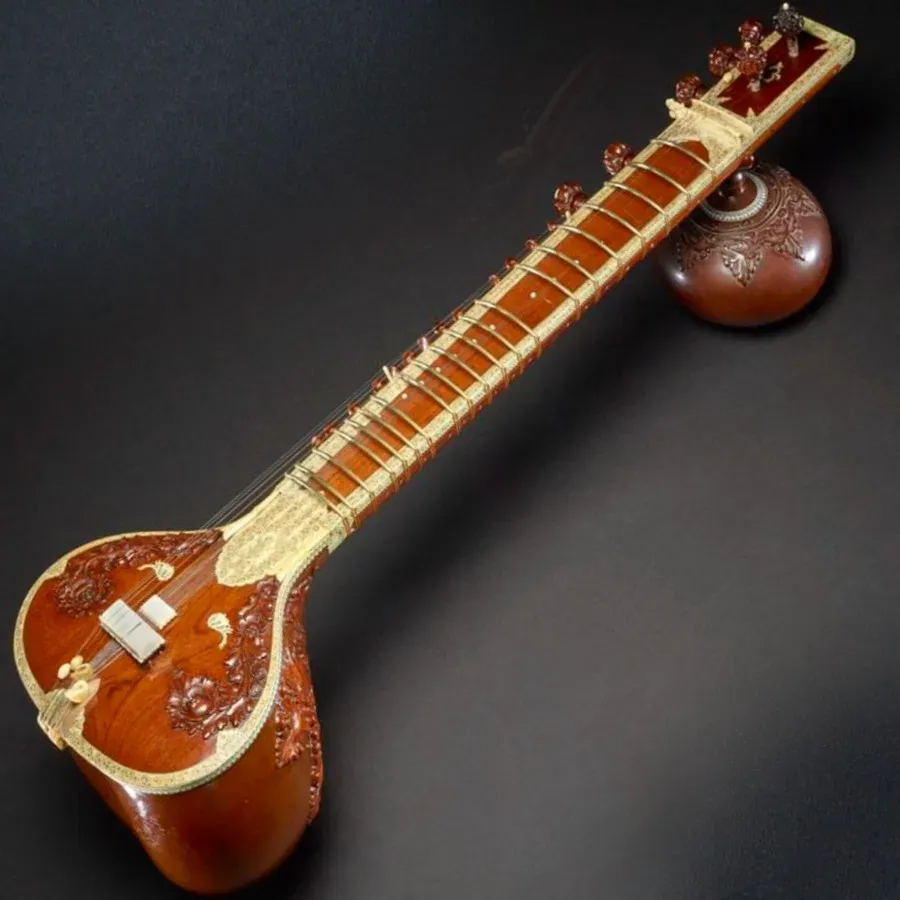
Sitar and Veena - Stringed instruments that sing the language of the soul
The Performers: Maestros and their Legacy
Indian classical music owes much of its grandeur to the maestros who have dedicated their lives to mastering this art. Legends like Ravi Shankar, Bhimsen Joshi, MS Subbulakshmi, and Lalgudi Jayaraman have left an indelible mark, inspiring generations of musicians.
These artists have not only preserved the traditional forms but have also brought Indian classical music to the global stage, earning admiration from audiences worldwide.
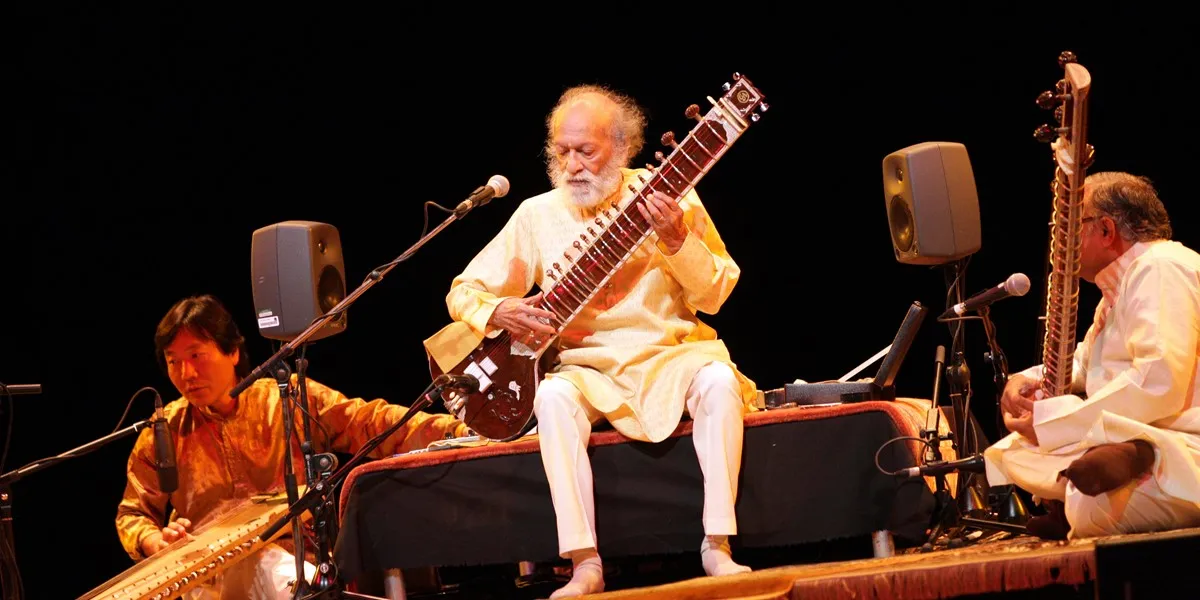
Ravi Shankar, a global ambassador of Indian classical music, performing at a concert
The Experience: A Journey Beyond Time
Listening to Indian classical music is a meditative experience. It requires patience and a deep sense of awareness. The slow unfolding of a raga, the intricate patterns of the tala, and the emotive expressions of the performer take the listener on a journey beyond time.
Whether experienced in a grand concert hall or in the intimacy of a temple, Indian classical music has the power to touch the deepest corners of the human soul, offering a glimpse of the divine.
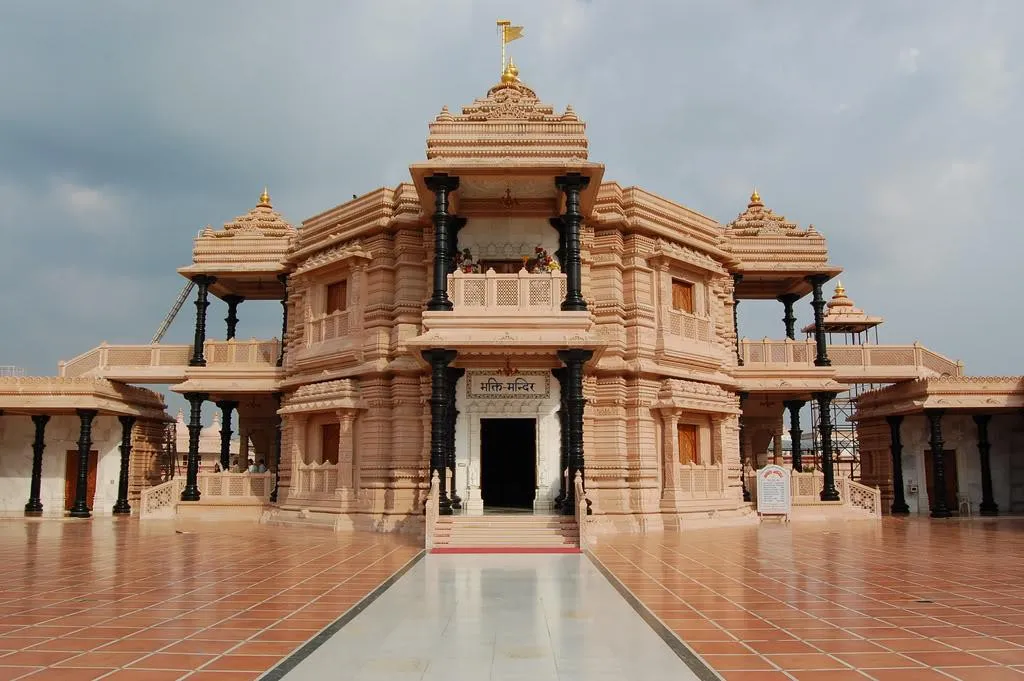
A serene temple concert where music meets spirituality
Conclusion: A Legacy of Timeless Beauty
Indian classical music is more than just sound; it is a way of life, a philosophy, and a spiritual journey. Its timeless beauty continues to inspire and captivate, reminding us of the rich cultural heritage that we are fortunate to inherit.
As we listen to the intricate melodies and rhythms of Indian classical music, we are not just hearing notes; we are connecting with a tradition that has been passed down through generations, a tradition that speaks to the essence of what it means to be human.
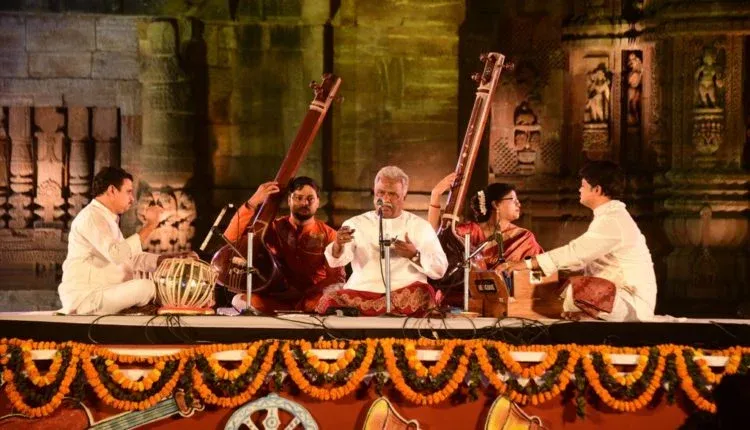
Embark on a musical journey that transcends time and space
Explore the world of Indian classical music and let it take you on a journey beyond the ordinary, where every note tells a story and every rhythm is a heartbeat of tradition.